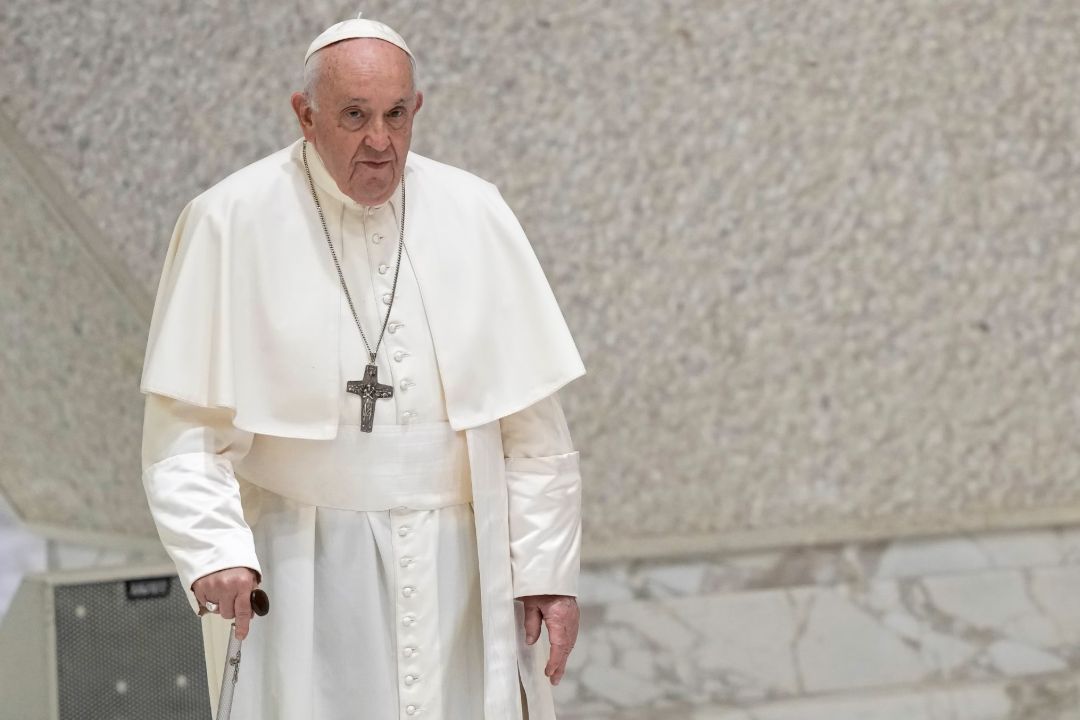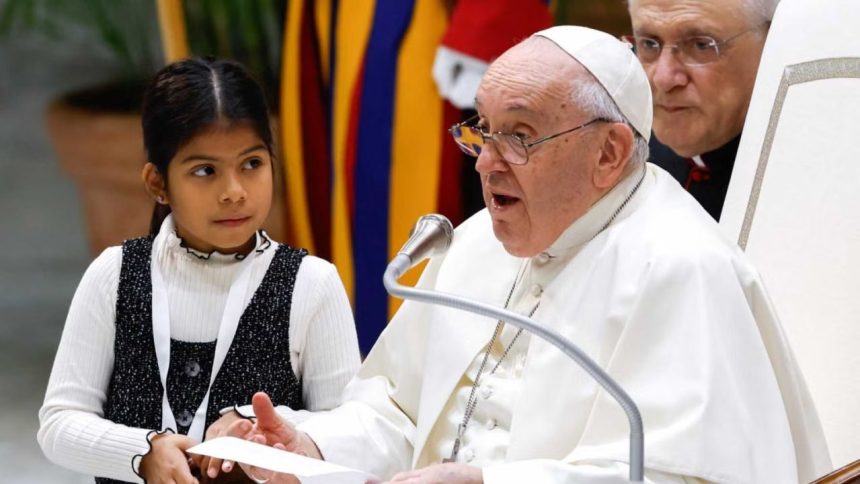The sudden spike in searches for Pope Francis‘s personal life isn’t just random curiosity, it’s tied to the news of his passing on April 21, 2025. People are digging into his life, and some are stumbling upon a common misconception: can a pope even have a family? The short answer is no, but the long answer involves centuries of Church history, scandalous exceptions, and the fascinating way Francis redefined spiritual fatherhood.
Pope Francis Did Not Have Wife or Kids—Here’s Why!
Francis, born Jorge Mario Bergoglio on December 17, 1936, in Buenos Aires, Argentina, entered the priesthood in 1969. Like all Catholic priests, he took a vow of celibacy, meaning he could not marry or have children. This rule isn’t just tradition; it’s codified in canon law. The idea is that priests, and especially popes, must devote themselves entirely to the Church without the distractions of family life.
But history shows that not every pope followed this rule. Take Pope Alexander VI, born Rodrigo Borgia in 1431, who ruled from 1492 to 1503. He fathered at least seven offspring, including the infamous Cesare and Lucrezia Borgia, who became central figures in Renaissance power struggles. Then there’s Pope Julius II, the “Warrior Pope,” who had a daughter named Felice della Rovere in 1483. These popes lived in an era when the rules were looser, and political dynasties often trumped religious purity.

Fast forward to modern times, and the idea of a pope getting married or welcoming little ones seems unthinkable. But what about adoption? Technically, nothing in canon law forbids it, but it’s never happened in the modern era. The closest case was Pope Pius IX, who reigned from 1846 to 1878. In 1858, a six-year-old Jewish boy named Edgardo Mortara was taken from his parents in Bologna after a servant secretly baptized him. Pius IX refused to return the child, effectively raising him as a Catholic ward. This wasn’t adoption in the legal sense, but it sparked international outrage and remains one of the most controversial episodes in papal history.
Francis, however, was a different kind of spiritual father. He never had biological children, but he had a unique way of connecting with young people. In 2016, he wrote a book called Dear Pope Francis, where he answered letters from kids around the world. One of them asked if his atheist dad was in heaven; Francis reassured him that God’s love extends to everyone, regardless of faith.
He also made headlines in 2013 when he comforted a boy named Dominic in St. Peter’s Square after he tearfully asked why his father, who didn’t believe in God, had died. Francis hugged him and said, “God doesn’t abandon anyone.” Moments like these showed his deep empathy, making him a father figure in the eyes of millions.
The recent searches might also stem from confusion over titles. Some people hear “Holy Father” and assume it implies biological fatherhood. Others mix up popes with leaders of other Christian denominations, like the Anglican Church, where clergy can marry. Even the Dalai Lama, a spiritual leader in Buddhism, has no biological children, but the structures of these roles vary wildly. In Catholicism, the pope’s role as the successor of St. Peter is strictly non-familial.
So why is this trending now? When a public figure dies, especially one as globally influential as the Pope, people rush to learn everything about them. Some stumble upon old rumors or historical outliers and assume they apply to modern popes. Others might be genuinely curious about how celibacy works in the Church. And let’s be honest—the idea of a pope secretly having a family is the kind of conspiracy theory that spreads fast online.
But the reality is simpler: Pope Francis lived a life of service, and his legacy is one of compassion, reform, and bridging divides. He didn’t leave behind a wife or kids, but he did leave a lasting impact on over a billion Catholics—and that’s a family in its own right.



